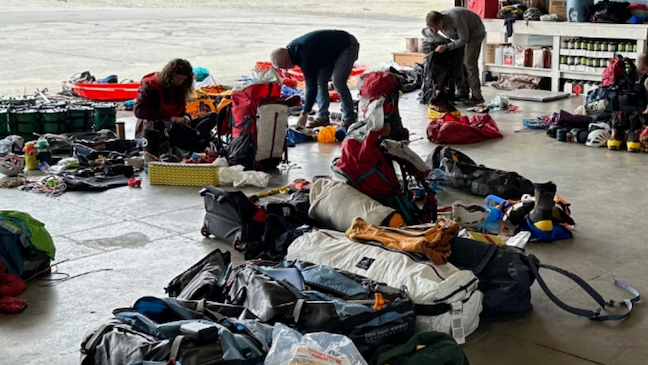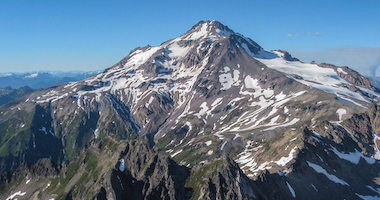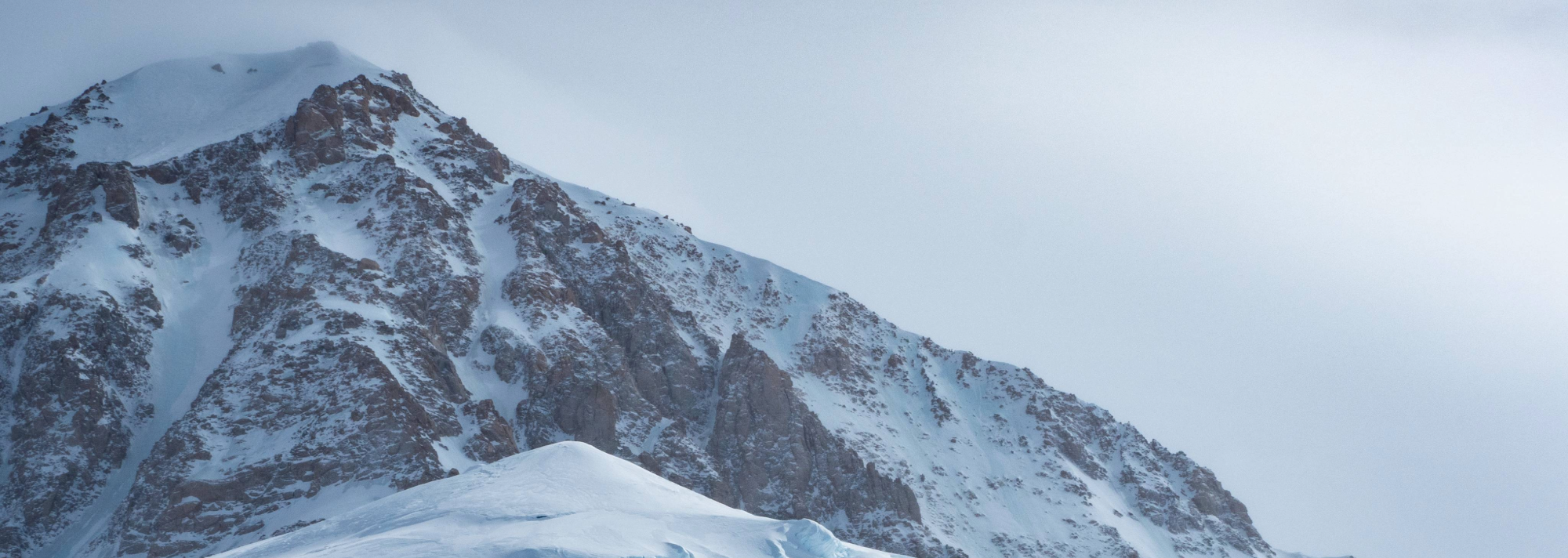McKinley creates its own weather systems, leading to severe conditions with temperatures dropping to -40 degrees Fahrenheit and winds exceeding 100 miles per hour. Preparation and understanding of these conditions are crucial, and this is where RMI's expertise in the McKinley climbing season comes into play. We've been guiding McKinley for nearly 50 years, and our guides are skilled in interpreting weather patterns specific to McKinley and equipped with the knowledge and technology to receive real-time updates and make informed decisions.
Determining the Best Month to Climb McKinley
The best months to climb McKinley are typically May and June. During these months, climbers can experience more stable weather conditions, moderately cold temperatures, and less severe storms than at other times of the year. May offers the advantage of longer daylight hours, and June typically sees slightly warmer temperatures, which can be crucial for both comfort and safety on the mountain. Choosing to climb during this window maximizes your chances of a successful summit attempt while minimizing exposure to the extreme conditions common in other months.
Cold Temps, Snow Storms, and Strong Sun
Despite slightly warmer temps in May and June, freezing temperatures, surprise snow storms, and high UV exposure are all real risks on McKinley.
Extreme Cold Temperatures: McKinley's altitude and latitude make it one of the coldest mountains to climb. Temperatures can plummet to -40 degrees Fahrenheit, especially at higher elevations and early or late climbing seasons. The extreme cold affects everything from your physical performance to the functionality of your gear. Climbers must have high-quality, cold-weather gear, insulated clothing, down sleeping bags rated for extreme cold, and reliable heating methods. Layering is essential to regulate body temperature and prevent frostbite and hypothermia. Proper acclimatization and physical conditioning also play vital roles in helping climbers cope with the cold.

Navigating Snow Storms: McKinley is notorious for its sudden and intense snow storms. These storms can bring heavy snowfall, whiteout conditions, and high winds, making progress difficult and dangerous. Visibility can drop to near zero, making navigation challenging and increasing the risk of getting lost or separated from your team. Snow accumulation can also create avalanche hazards, requiring climbers to be vigilant and knowledgeable about snowpack conditions. Having sturdy, storm-resistant tents and building protective snow walls around your camp are crucial during these storms. Patience is key; waiting out storms in the safety of your camp is often the best strategy. RMI guides are adept at reading weather patterns and making informed decisions to ensure the team's safety.

High UV Exposure: At high altitudes, the atmosphere is thinner, and UV exposure from the sun is significantly more intense. On McKinley, the sun’s rays reflect off the snow and ice, amplifying the exposure and increasing the risk of sunburn and snow blindness. Even on cloudy days, UV levels can be dangerously high. Climbers must use high-SPF sunscreen on all exposed skin and reapply it regularly (or, better yet, wear a sun hoody). Wearing glacier glasses or goggles with 100% UV protection is essential to protect your eyes. Lip balm with SPF is also necessary to prevent chapped lips. Proper eye protection and skin care help prevent high UV exposure, discomfort, and potential dangers.

Critical Strategies for Weather Preparedness
1. Rigorous Pre-Climb Preparation
- Expert Guidance: RMI's guides bring a deep understanding of typical weather conditions for various times of the year, providing insights into the best months to climb McKinley based on historical weather data.
- Continuous Monitoring: Your guides have access to the latest forecasts and weather monitoring tools, so they will keep you informed and make necessary adjustments to the climbing plan.
2. Selecting the Right Gear
- Layered Clothing Systems: Weather on McKinley can go from freezing to absurdly hot in hours, and it’s important to be prepared for both extremes.
- High-Quality Equipment: From strong tents capable of withstanding high winds to trekking poles and snowshoes, RMI ensures that all the equipment meets the demands of McKinley's harsh conditions.
For more information on gear and apparel for McKinley, check out our Gear Guide.

3. Flexible Itinerary Planning
- Buffer Days: RMI builds extra days into your climbing schedule to account for potential weather delays, enhancing the chances of summiting during the favorable McKinley climbing season. Unlike other guide services, RMI does not have a hard “fly-off date” that forces an early end to the expedition, providing flexibility for waiting out bad weather.
- Adaptability: Your guides' daily weather assessments determine the safest and most suitable times to proceed or seek shelter, always prioritizing the group's safety.
4. Acclimatization and Fitness
- Guided Acclimatization: RMI guides facilitate your acclimatization to the altitude and cold, advising on best practices to adjust your body to the thin air and low temperatures. Our conservative acclimatization schedule and adaptable itineraries help create a Margin of Safety.
- Physical Preparation: While RMI guides handle the technical planning, they also provide recommendations for physical conditioning that you can follow before the expedition to enhance your resilience to the demanding environment.
5. Effective Communication and Team Dynamics
- Communication Protocols: Clear, established communication methods, whether hand signals or radio communications, are in place to ensure safety and coordination among all expedition members. Guides use two-way radios, Garmin InReach communication devices, and satellite phones for reliable communication.
- Leadership and Decision-Making: It is crucial to trust the judgment and experience of your RMI lead guide. They have the training to make all critical decisions about the climb's progression, focusing on the safety and well-being of the team.

















